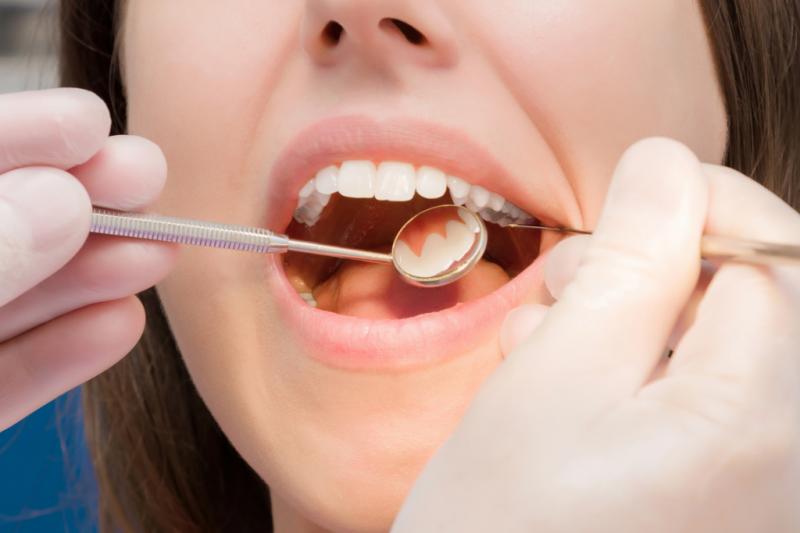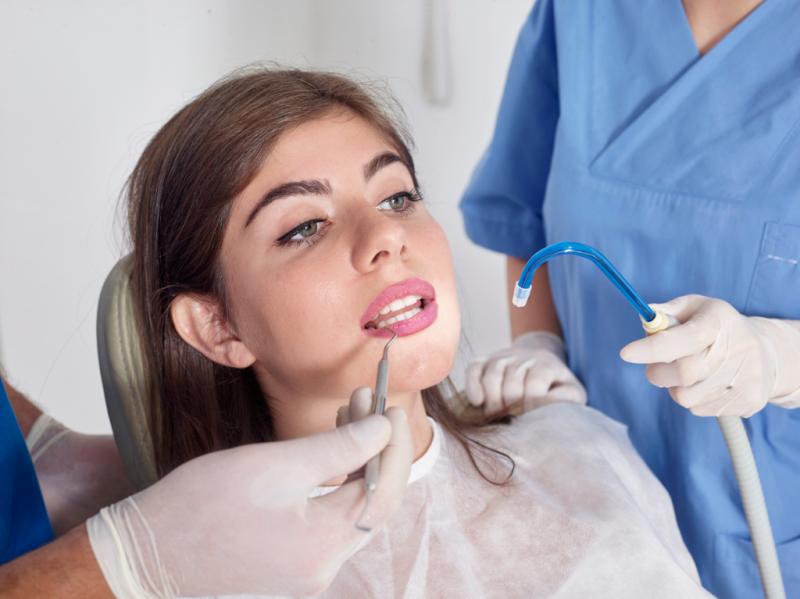How Do Dentists Clean Teeth?

For your oral health, it's necessary to brush and floss your teeth every day. Unfortunately, most people forget to do so. Many usually only brush once a day or don't bother with it nowadays if they're working remotely. Their logic is something along the lines of: "Well, no one else will notice if I did!" And don't even get started when it comes to people being bad at remembering to floss!
In which case, there is a reason why you end up seeing the dentist for teeth cleaning at some point. You need a good thorough cleaning from an expert!
However, what exactly is involved as you get your teeth cleaned? Read on to find out, so you know what to expect during your teeth cleaning appointment!
Getting an Examination
How can dentists get a good idea of what to clean if they don't know what they're working with? Naturally, examining your mouth is the first step before the cleaning process. In which case, what exactly are they looking for during this examination? The whole point is to check for any signs of gingivitis (inflamed gums) or other dental concerns should they appear. Typically, a dental hygienist would be the one to conduct your examination, where they will use a small mirror to check around your teeth in hard-to-see areas. If they spot any major issues, they will let your dentist know if it might not be good to proceed with teeth cleaning.
Scraping Away Buildup
This part of the teeth cleaning process is probably why some folks take issue with visits to the dentist. The reason comes from the dental hygienist's method of removing signs of plaque and tartar. Using that same small mirror to help them navigate, they will use a scaler to remove any buildup from around gum lines and in between your teeth. Tartar is a result of allowing plaque to harden and build up from poor brushing and flossing. Additionally, once tartar is there, it's hard to get rid of unless you see the dentist. If you're not a fan of this stage of teeth cleaning, you best start flossing and brushing more frequently and properly to avoid too much scraping.
Professional Oral Routine
Consider this part of your teeth cleaning to be the elevated version of cleaning your teeth at home. In essence, you're getting a professional oral routine done for you.
The Best Brushing
Unlike your regular toothbrush, your dental hygienist will brush your teeth using a high-powered electric brush. You can hear it at work since it makes a grinding noise during the process. Compared to your toothbrush, it can give your teeth a deep clean and remove any leftover tartar from before.
For the most part, the toothpaste they use during this isn't that much different from the one you probably use at home. However, you can choose between various flavours. During this process, the dental hygienist is mindful to gently scrub your teeth since it has a gritty consistency that too much pressure can wear down your enamel. If you're brushing your teeth harshly, you need to settle down or risk wearing away your enamel.
Just Phenomenal Flossing
During this part of the teeth cleaning process, you can bet that you will be exposed for lying about how much you floss to the dental hygienist. As dental professionals, they will be able to get deep in between your teeth and zero in on any potential troubling spots that can result in your gums bleeding a bit. However, suppose you're one of few people that have been consistent with your flossing (hooray for you!). In that case, you can expect this part of the cleaning process to mainly remove any excess plaque or toothpaste from earlier in the cleaning process.
Rinsing Away Residue
Once your teeth are all brushed and flossed, you can expect to rinse away all the residual debris using a rinse containing liquid fluoride. Think of this part as the dental equivalent of using mouthwash after finishing your at-home oral routine and spitting it all out.

Finishing with Fluoride
Fluoride treatment is just the finishing touch of your teeth cleaning before you're all done. The point behind fluoride treatment is to protect your teeth from cavities for several months.
Similar to toothpaste, you will be asked by the dental hygienist what flavour you would like for your fluoride treatment. When given, it will come as a foamy gel or sticky paste that's put into a mouthpiece that fits over your teeth. Once left for a minute, it's removed so you can get painted with a fluoride varnish that will harden after contact with saliva, so you can eat and drink immediately after.
There is so much work that goes into teeth cleaning. Each step only gets you closer to a healthier, brighter smile!
More to Read:
Previous Posts:





